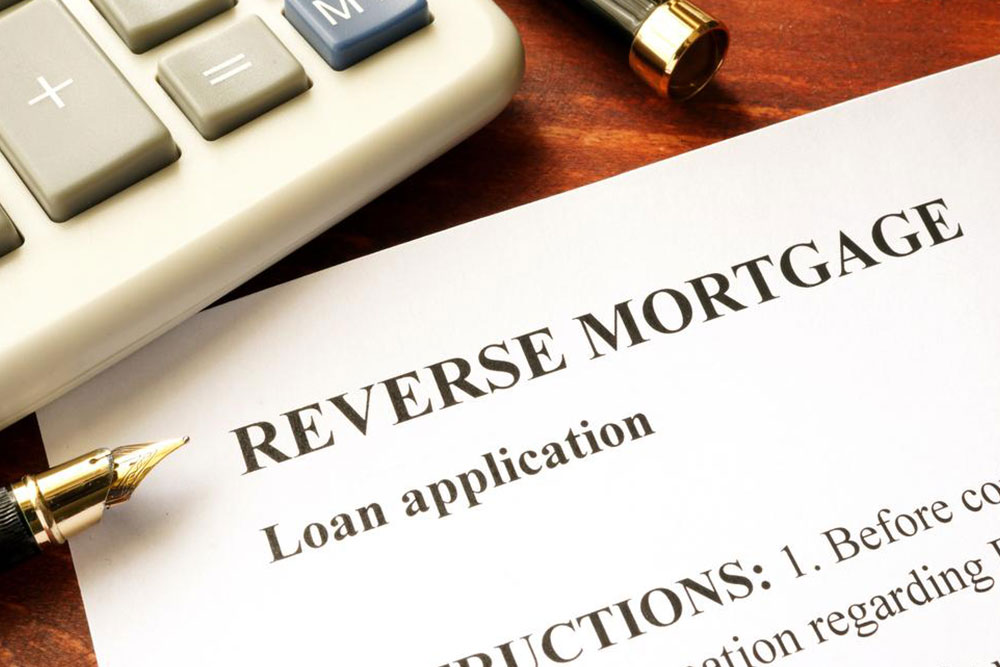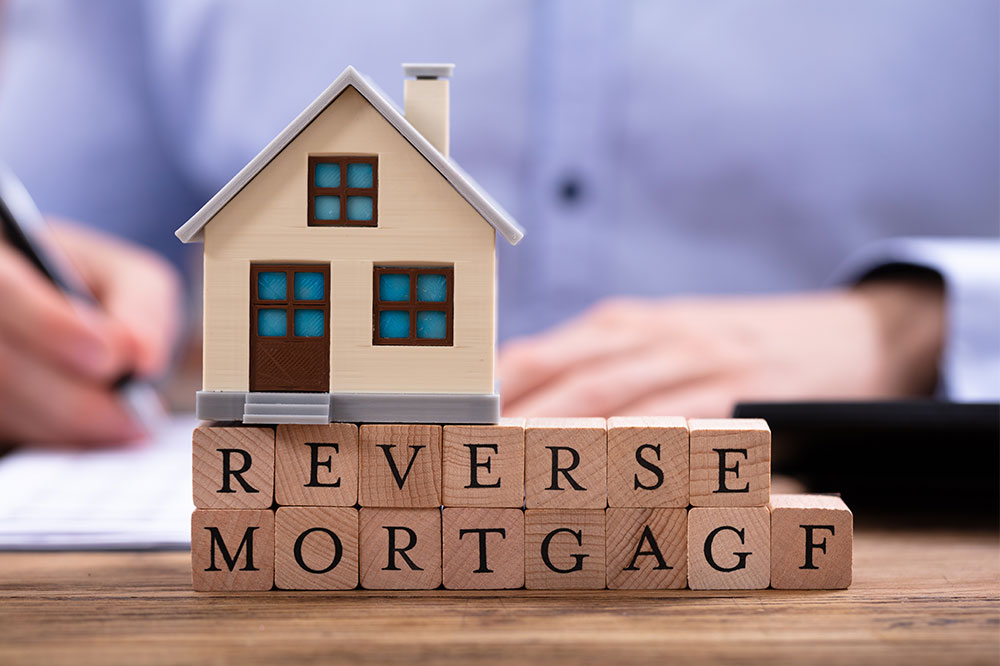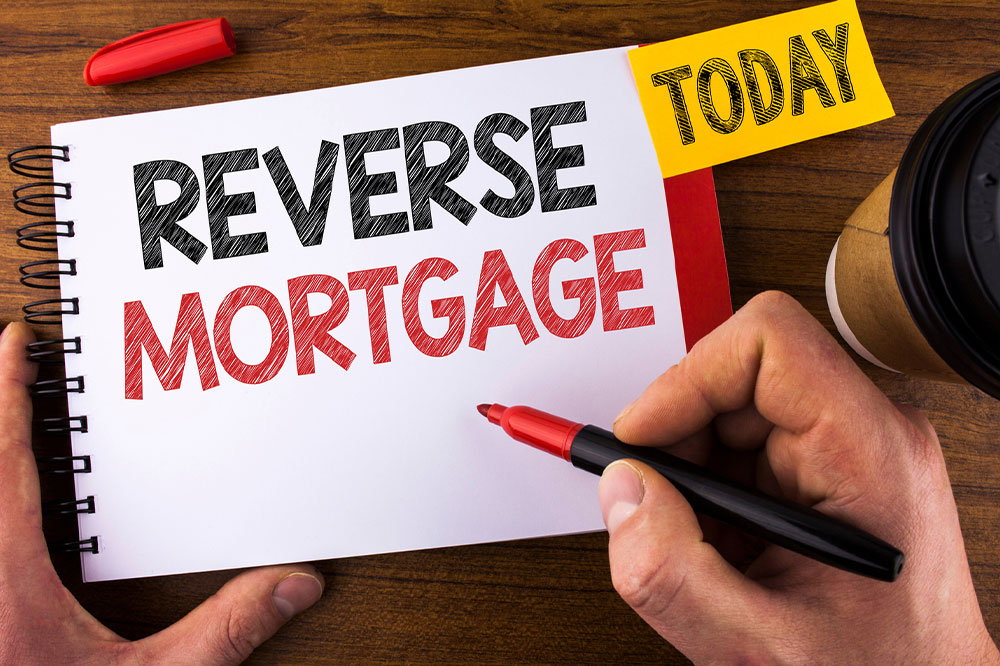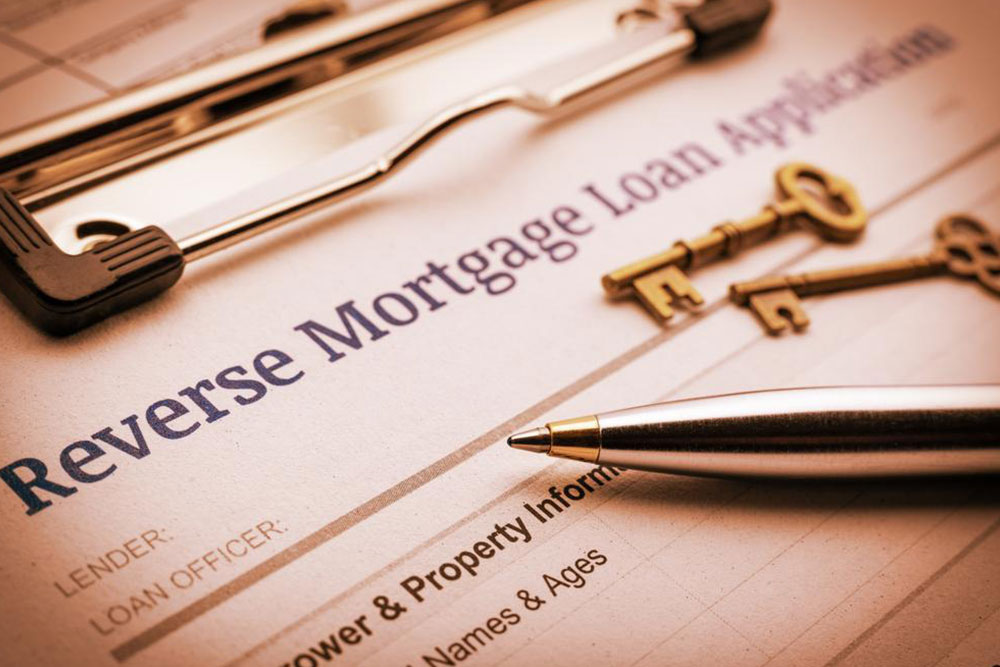Comprehensive Guide to Reverse Mortgage Rates and Financial Solutions for Seniors
This comprehensive guide explores reverse mortgage rates, including fixed, adjustable, and variable options, offering seniors insight into how to leverage home equity effectively. Discover how online calculators can help estimate loan amounts, understand key factors affecting rates, and choose the best financial solution for retirement. Essential reading for homeowners aged 62 and above seeking to optimize their retirement income and manage rising expenses through reverse mortgages.

Comprehensive Guide to Reverse Mortgage Rates and Financial Solutions for Seniors
For many seniors and homeowners nearing retirement, understanding reverse mortgages becomes a crucial part of planning their financial future. Reverse mortgages are specialized loan products designed to empower elderly homeowners by unlocking the equity built up in their homes. Unlike traditional mortgages that require monthly repayments, reverse mortgages enable qualified individuals—typically those over age 62—to convert part of their home equity into accessible cash flow without the burden of monthly payments. This financial tool can be especially valuable in managing rising medical costs, supplementing retirement income, or addressing unforeseen expenses.
The fundamental principle of a reverse mortgage is that the homeowner retains ownership of their property while lenders provide the loan amount based on the home’s value and the borrower’s age and other criteria. One of the most significant benefits is that the homeowner’s debt only increases to the extent of the home's appreciated value or remains within the home's appraised value; the debt never exceeds the home's worth at the time of repayment. Consequently, if the home appreciates over time, any surplus equity remains with the homeowner or passes to heirs after the loan is settled during sale or transfer.
Homeowners can select from various payout options, including receiving a lump sum to cover big expenses upfront, monthly disbursements to ensure steady income, or a flexible line of credit that can be tapped into as needed. Some choose to combine these options to tailor their financial strategy, providing maximum flexibility and security. The choice depends on individual financial needs, long-term plans, and personal preferences.
It is important to note that, although the loan is non-repayable until the homeowner moves out, sells the property, or passes away, the homeowner remains responsible for paying ongoing property taxes, homeowners insurance, and maintenance costs. Failure to meet these obligations can lead to foreclosure, even if the reverse mortgage is in good standing.
Understanding the factors that influence reverse mortgage rates—such as interest rate type (fixed or adjustable), lender terms, and market conditions—is essential for making informed decisions. Fixed-rate reverse mortgages, like the Home Equity Conversion Mortgage (HECM) standard product, lock in an interest rate at closing, providing predictable payments. Adjustable-rate options, such as HECM LIBOR, allow for fluctuating rates based on market indices, potentially offering lower initial costs but variable payments over time. Variable-rate options like HECM Saver have their unique fee structures and benefits, catering to different financial strategies.
Getting a clear estimate of available funds is straightforward with the help of online calculators and tools. Organizations such as AARP offer reverse mortgage calculators that enable homeowners to input details like ZIP code, age, co-owners, and home value. These tools help users understand potential loan amounts, payout options, and mortgage terms swiftly and accurately. They also help seniors gauge the impact of different rate types on their borrowing capacity, empowering them to choose the best fit for their situation.
When exploring reverse mortgage options, it’s vital to consider not only the current interest rates but also how market fluctuations might impact adjustable products over time. Consulting with financial advisors and mortgage specialists can provide personalized insights, ensuring homeowners choose the product aligned with their financial goals and estate plans.
By utilizing online calculators from reputable sources like AARP, seniors can estimate their reverse mortgage eligibility and prospective loan amounts quickly and conveniently. These tools consider various parameters—all essential for making educated financial decisions. They present different rate options such as fixed, adjustable, or variable, enabling homeowners to choose what aligns best with their retirement plans and risk tolerance. Equipped with this knowledge, seniors can confidently explore reverse mortgage solutions that enhance their financial security during retirement period.





